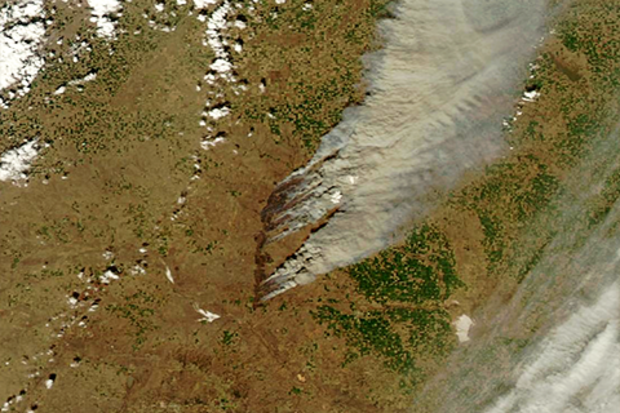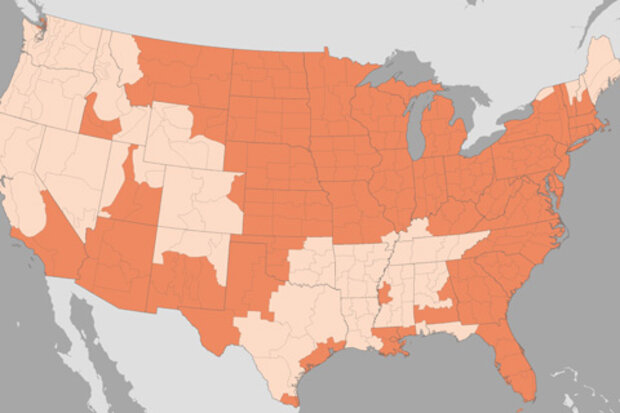Beyond the Data Blog
This week, NOAA’s National Centers for Environmental Information (and several other institutions) reported April 2016 to be the warmest April on record for the planet. If broken temperature records seem to you like, well, a broken record, you’re onto something: all of the last twelve months now hold the “Warmest [INSERT MONTH HERE] on Record” title. That’s twelve months in a row, and that’s never happened.
But that global average is just that: an average. Each month—even the warmest ones—bring pockets of cold. Conversely, they also bring regions that are colossally warm. This is true over time, too. In recent decades, as month-to-month weather fades into a clearer signal of climate, regio…
Read article
Welcome to Beyond the Data. This week, we’ll talk a little bit about wildfire. Specifically, prairie fire.
Before we do that, I hope you don’t mind if I take a second to process a couple of facts about March 2016. First, that the world’s land areas averaged 4.2°F warmer than the month’s 20th century average. Second, compared to March’s 1981-2010 “normal,” the Northern Hemisphere’s combined area of “missing” sea ice and snow cover would cover more than a tenth of the moon.
(stunned silence) Whoa.
Now let’s talk about the prairie
In our previous entry, we visited a little bit about 2016’s very warm start across the United States, and the regional pockets of very dry conditions amon…
Read article
The data are in, and it’s official: March was warm. And parts of the country were dry. And parts were really wet. And you can read all about it in the monthly State of the Climate report.
Let’s go Beyond the Data for March, and hit on a few more complex items embedded within the basic statistics.
Unprecedented widespread warmth
If you were alive during March 2016, and I’m betting you were, you witnessed U.S. history.
One stunning feature from the March 2016 temperature map was just how universally warm the month was. Every one of the 357 climate divisions across the contiguous United States and Alaska ended up - at least - in the “warmer than normal” category. That’s harder than …
Read article
Is El Niño the Marcia Brady of climate variability? No doubt that El Niño is the sexiest, most popular, and most studied aspect of climate variability. And we do continue to talk about El Niño events decades after they seem relevant, much like Marcia.
Now that the U.S. has just finished its warmest winter on record, we naturally ask ourselves just how influential the strong El Niño was. But how did other factors in the earth’s climate system contribute to the record-breaking season? How did Greg and Bobby and Cindy—or even Jan—influence the hit TV show from yesteryear? Was the success of the show solely due to Marcia, and was our warmest winter on record solely a result …
Read article
* { margin: 0; padding: 0; }
#page-wrap { width: 620px; margin-bottom: 430px; position: relative; }
a { text-decoration: none; color: black; }
.image-link { display: block; width: 620px; height: 376px; position: absolute; top: -270; left: 0px; }
#one { background: url(http://www.climate.gov/sites/default/files/BD_LongestStreakRecordWarm_Aitoff_1998_620.png) no-repeat; z-index: 2; }
#two { background: url(http://www.climate.gov/sites/default/files/BD_LongestStreakRecordWarm_Aitoff_1944_620.png) no-repeat; z-index: 1; }
#one a {http://www.climate.gov/sites/default/files/QuinaultVisualizationRelocation_620.png}
#one span { position: absolute; left: 0; bottom: -35px; text-align:center; …
Read article




